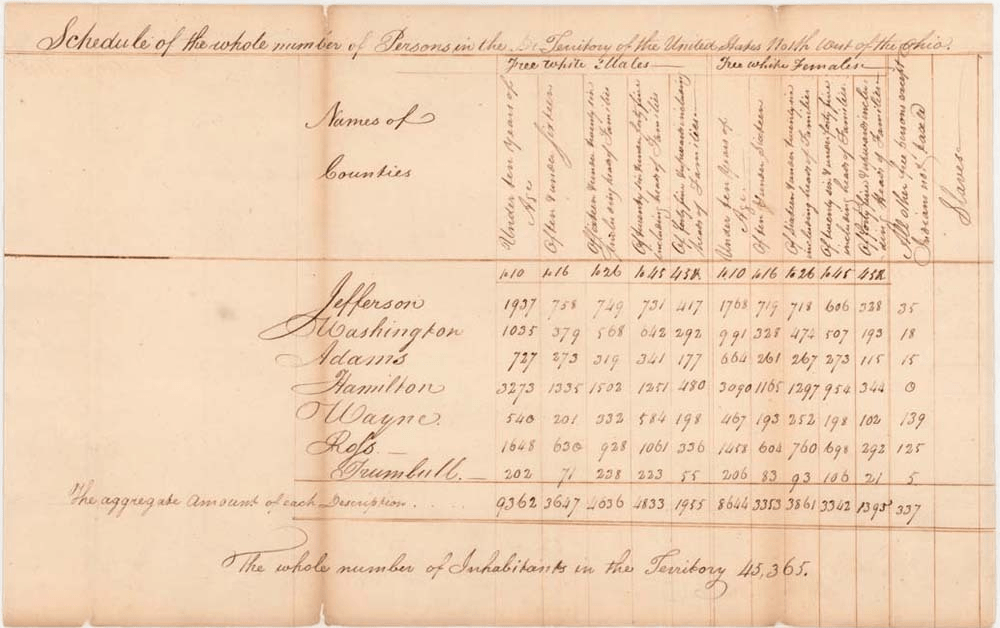Understanding the Evolution of Race Measurement in the U.S. Census
From its inception in 1790, the U.S. Census has been a pivotal framework for measuring race and ethnicity in America. However, the methodologies and categorizations have evolved, often reflecting the country’s shifting political landscape and societal attitudes. This evolution serves as both a lens through which to view America’s changing identity and a tool that shapes public policy and community resources.

The Historical Context of Race Measurement
In the first U.S. Census, categories included terms like “free white males” and “slaves,” which starkly illustrated the nation’s deeply ingrained hierarchies and biases. As the years progressed, the Census witnessed a dynamic shift in categories due to changes in politics, policy, and public attitudes towards race and ethnicity. This cyclical nature of classification indicates how the Census is not merely a statistical tool but also a reflection of societal values and conflicts.
The Impact of Categories on Policy
The implications of how race and ethnicity are measured can’t be overstated. The categories used in the Census influence everything from congressional representation to the distribution of federal funds. When individuals identify their race or ethnicity on the Census, their responses shape policies that touch upon numerous aspects of life, including healthcare, education, and public services. Thus, understanding the reconfiguration of these classifications is essential, as they translate to real-world consequences for millions of Americans.
Current Measurement Techniques
Today, the U.S. Census employs a two-question format for assessing race and ethnicity. Initially, respondents are asked if they identify as “Hispanic, Latino or Spanish origin.” Following this, they are prompted with the question: “What is your race?” Respondents may select one or more categories, which include:
- White
- Black or African American
- American Indian or Alaska Native
- Asian
- Pacific Islander
- Some other race
This system has been in place since the 1980s, requiring respondents to self-identify, which acknowledges the complex dimensions of race and ethnicity in contemporary America.
Defining Race and Ethnicity
The distinction between race and ethnicity in the Census is particularly noteworthy. While race is based on social definitions rather than biological or genetic realities, ethnicity focuses specifically on Hispanic or Latino origin. This bifurcated structure has been informed by definitions established by the Office of Management and Budget through Statistical Policy Directive No. 15, which outlines how race and ethnicity data are collected and categorized.
Changes on the Horizon: The 2030 Census
As we look towards the future, significant changes to how race and ethnicity will be measured are anticipated in the 2030 Census. Notably, the upcoming form will merge the ethnicity question with the race question, presenting a more integrated view of identity. Additionally, it will introduce a new category for Middle Eastern or North African identities—an acknowledgment that previous classifications have inadequately represented these communities.
The proposed changes seek to enhance accuracy in the data collected, which is vital for both federal agencies and community stakeholders. However, as with any transition, skepticism exists. Some experts voice concerns that these modifications may lead to undercounting, particularly among Afro-Latino individuals.
Public Sentiment on Race Data Collection
The public’s view on whether race should be included in government surveys is divided. According to recent surveys, approximately 46% of Americans support the inclusion of race in federal surveys, while about 33% oppose it. This polarized opinion reflects deeper societal discussions regarding the relevance and implications of race in contemporary America.
Demographic Perspectives on Race Collection
Support and opposition to race data collection vary across different demographics. For example, about 54% of Asian adults and 48% of White adults favor including race in federal surveys. In contrast, only 40% of Hispanic adults and 45% of Black adults share this sentiment. Furthermore, political affiliation and personal experiences contribute significantly to these viewpoints, showcasing the complex nature of racial identity in American discourse.
Reasons Behind Support for Race Data Collection
Among the reasons cited by those who support measuring race in federal surveys, many believe that such data is essential for demographic analysis, policy formulation, and highlighting racial inequalities. Supporters argue that understanding racial makeup is crucial for assessing societal changes and addressing issues of discrimination.
Arguments Against Race Data Collection
Opponents of race measurement in federal surveys often argue that race should not matter in a society built on equality. Some express concerns about privacy and potential misuse of data, fearing that collecting racial information could lead to discrimination or bias in governmental policies.
Conclusion: A Snapshot of America’s Racial Landscape
As we navigate the complexities of identity in America, the Census remains a crucial instrument for capturing the nation’s demographic evolution. With proposed changes on the horizon, the anticipation for how these modifications will impact statistical outcomes and societal understanding is palpable. The ongoing dialogues about race, identity, and measurement reflect the broader questions facing America as it continues to grapple with its diverse makeup.
Understanding these dynamics empowers citizens and policymakers alike to engage with the fundamental issues that race and ethnicity represent in shaping American society.



